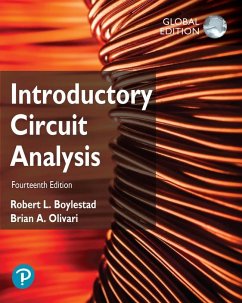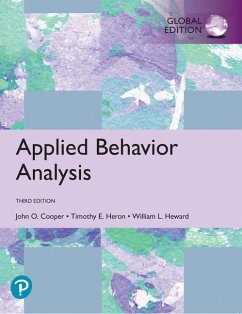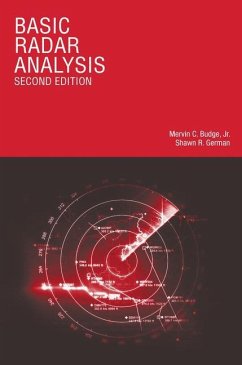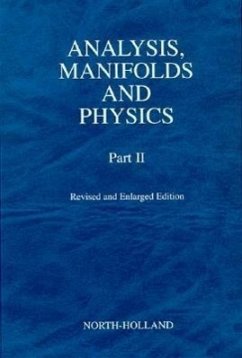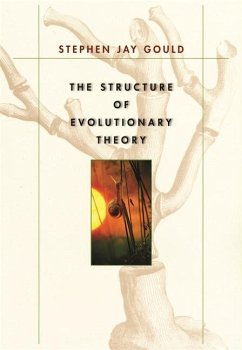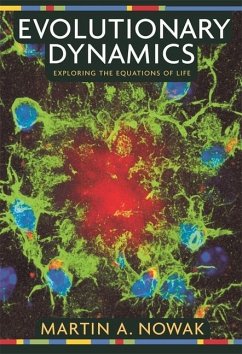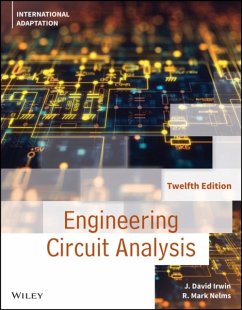
Evolutionary Analysis, Global Edition
Versandkostenfrei!
Versandfertig in 2-4 Wochen
125,99 €
inkl. MwSt.

PAYBACK Punkte
63 °P sammeln!
For undergraduate courses in Evolution
By presenting evolutionary biology as a dynamic, ongoing research effort and organizing discussions around questions, this best-selling text helps students think like scientists as they learn about evolution. The authors convey the excitement and logic of evolutionary science by introducing principles through recent and classical studies, and by emphasizing real-world applications.
In the Fifth Edition, co-author Jon Herron takes the lead in streamlining and updating content to reflect key changes in the field. The design and art program have also been updated for enhanced clarity.
Features + Benefits
Inquiry-Driven Presentation presents basic principles of evolutionary biology through the analysis of new and classical research studies. This trains students to think like scientists by evaluating hypotheses, considering experimental design, analyzing data, and highlighting new questions for future research.
Evolution presented as a process enables students to make connections as they see a scientific theory from observation, through testing and data analysis.
Updated coverage throughout includes the latest research and examples, giving students access to the most current developments in the field.
Author-developed illustration program includes diagrams, data-graphics, and full-color photographs throughout. This ties the illustrations closely to the text, making the overall presentation more accessible to students.
Instructor Resource DVD contains all of the illustrations and photos as JPEGs and PowerPoints for use in your lecture presentation.
I. INTRODUCTION
1. A Case for Evolutionary Thinking: Understanding HIV
2. The Evidence for Evolution
3. Darwinian Natural Selection
4. Reconstructing Evolutionary Trees
II. MECHANISMS OF EVOLUTIONARY CHANGE
5. Mutation and Genetic Variation
6. Mendelian Genetics in Populations I: Selection and Mutation as Mechanisms of Evolution
7. Mendelian Genetics in Populations II: Migration, Genetic Drift, and Nonrandom Mating
8. Evolution at Multiple Loci: Linkage and Sex
9. Evolution at Multiple Loci: Quantitative Genetics
III. ADAPTATION
10. Studying Adaptation: Evolutionary Analysis of Form and Function
11. Sexual Selection
12. Kin Selection and Social Behavior
13. Aging and Other Life History Characters
14. Evolution and Human Health
15. Phylogenomics and the Molecular Basis of Adaptation
IV. THE HISTORY OF LIFE
16. Mechanisms of Speciation
17. The Origins of Life and Precambrian Evolution
18. The Cambrian Explosion and Beyond
19. Development and Evolution
20. Human Evolution
By presenting evolutionary biology as a dynamic, ongoing research effort and organizing discussions around questions, this best-selling text helps students think like scientists as they learn about evolution. The authors convey the excitement and logic of evolutionary science by introducing principles through recent and classical studies, and by emphasizing real-world applications.
In the Fifth Edition, co-author Jon Herron takes the lead in streamlining and updating content to reflect key changes in the field. The design and art program have also been updated for enhanced clarity.
Features + Benefits
Inquiry-Driven Presentation presents basic principles of evolutionary biology through the analysis of new and classical research studies. This trains students to think like scientists by evaluating hypotheses, considering experimental design, analyzing data, and highlighting new questions for future research.
Evolution presented as a process enables students to make connections as they see a scientific theory from observation, through testing and data analysis.
Updated coverage throughout includes the latest research and examples, giving students access to the most current developments in the field.
Author-developed illustration program includes diagrams, data-graphics, and full-color photographs throughout. This ties the illustrations closely to the text, making the overall presentation more accessible to students.
Instructor Resource DVD contains all of the illustrations and photos as JPEGs and PowerPoints for use in your lecture presentation.
I. INTRODUCTION
1. A Case for Evolutionary Thinking: Understanding HIV
2. The Evidence for Evolution
3. Darwinian Natural Selection
4. Reconstructing Evolutionary Trees
II. MECHANISMS OF EVOLUTIONARY CHANGE
5. Mutation and Genetic Variation
6. Mendelian Genetics in Populations I: Selection and Mutation as Mechanisms of Evolution
7. Mendelian Genetics in Populations II: Migration, Genetic Drift, and Nonrandom Mating
8. Evolution at Multiple Loci: Linkage and Sex
9. Evolution at Multiple Loci: Quantitative Genetics
III. ADAPTATION
10. Studying Adaptation: Evolutionary Analysis of Form and Function
11. Sexual Selection
12. Kin Selection and Social Behavior
13. Aging and Other Life History Characters
14. Evolution and Human Health
15. Phylogenomics and the Molecular Basis of Adaptation
IV. THE HISTORY OF LIFE
16. Mechanisms of Speciation
17. The Origins of Life and Precambrian Evolution
18. The Cambrian Explosion and Beyond
19. Development and Evolution
20. Human Evolution
Dieser Artikel kann nur an eine deutsche Lieferadresse ausgeliefert werden.



